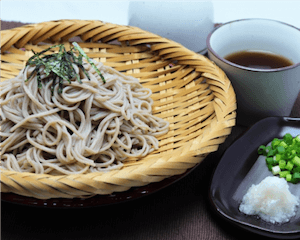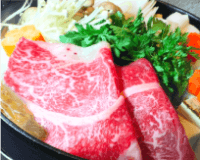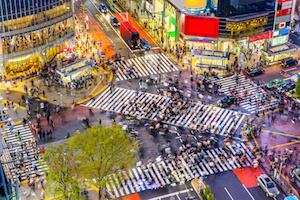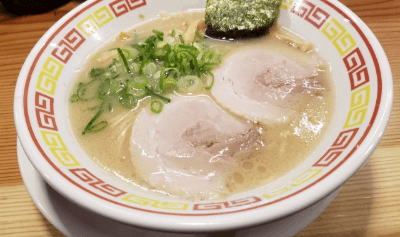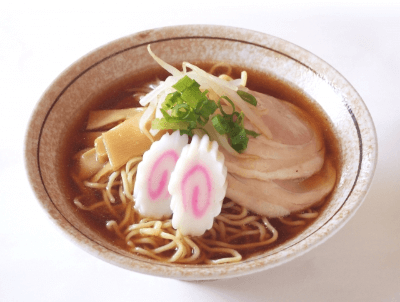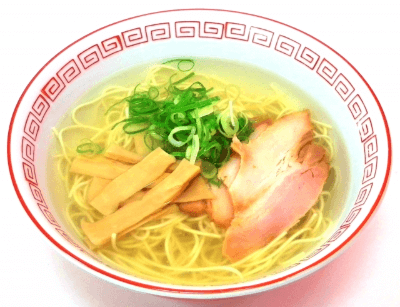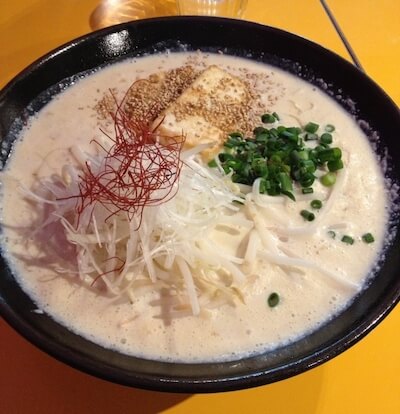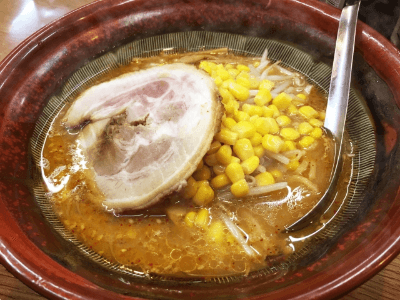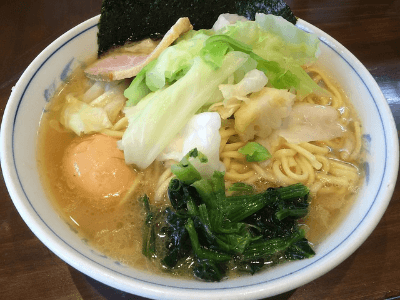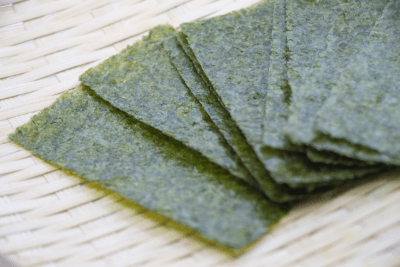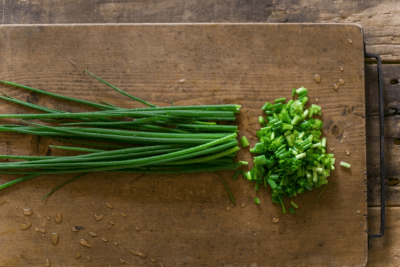Osaka was once the capital city of Japan. Currently, it is one of the biggest and busiest cities of japan. Many tourists visit Osaka to spend their vacations. The Japanese cuisines items such as ramen noodles and sushi attract tourists. For them, all of these Japanese cuisines are a new meal. They like to experience the taste of ramen noodles. The local Japanese food is readily available in Osaka. There are various restaurants and cafes in the city. All of the restaurants offer the complete range of Japanese cuisines, including ramen. Japanese people are vegetarian, and they like to eat vegetarian dishes and soups. Most of their famous soups, including ramen, are vegetarian.
In Osaka, there are exclusive restaurants for ramen noodle lovers. These restaurants offer a complete range of ramen. People who want to experience the real taste of ramen can visit such restaurants. You can also select the base of the soup. In simpler words, you can customize order customized ramen noodles based on your preference.
Ramen is the noodle-based dish, and the noodles are prepared using the wheat. All the ingredients primarily consisting of meat, vegetables, noodles and the nori seaweed are used for cooking the broth. The noodles are boiled and added into a separate broth that consists of the meat. Usually, the fish broth is used. The whole thing is then flavoured with the help of the miso and the soy sauce. Then the toppings of seaweed are used. The dish, on the other hand, varies significantly from town to town and city to city, and every one of them has their refined version.
You should consider a ramen cooking class, especially if you are there in Osaka so that this way you can finally learn how to make ramen at home. Ramen is not a natural Japanese cuisine to cook at home. The quantity of the ingredients is significant. For achieving that traditional taste of ramen, all the ingredients must be added in the right proportion. Also, the base of the noodle determines the taste of ramen noodles. Many newcomers don’t pay attention to such areas. As a result, they are not able to cook tasty ramen noodles. Joining a ramen cooking class is the best idea to learn about cooking ramen. The authentic recipe is the key to making delicious Japanese cuisines. Cooking classes in Osaka are designed for foreigners. These people are really interested to learn the art of cooking Japanese cuisines. For the ease of such people, ramen cooking classes are also offered in English. Foreigners can join these classes without any hesitation. Participants get an opportunity to learn cooking under the supervision of Japanese chefs. Only Japanese cooks and chefs are aware of the authentic method of cooking Ramen. Every Japanese cuisine also reflects the traditional Japanese culture. Therefore, participants also get an opportunity to learn about Japanese culture. You don’t have to read lengthy novels and stories just to get an idea about Japanese culture. Therefore, you should join a ramen cooking class in Osaka.













![Rice Balls 【Rice Balls like Sandwiches】★★it is a new Rice Ball Shape. ★★it is more gorgeous then Rice Balls.\r\nRamen or udon noodles.\r\n[Only one group perday]\r\n♥♥interviewed and appeared on NHK TV ♥♥](https://image.airkitchen.me/experience/5826/1.png?w=450&auto=compress)























